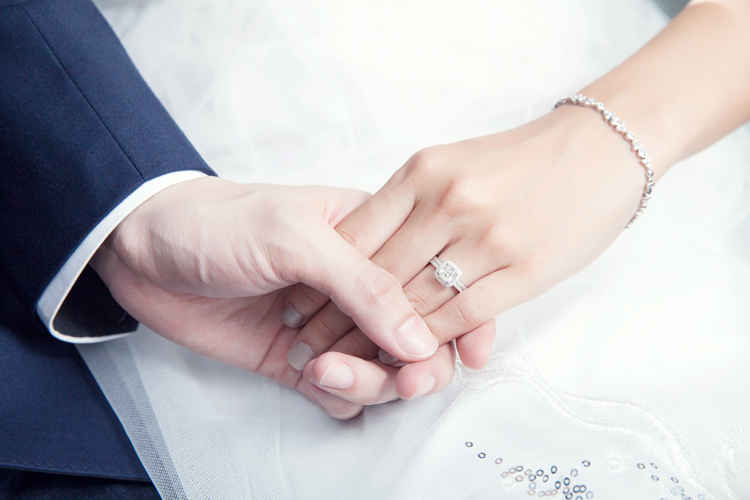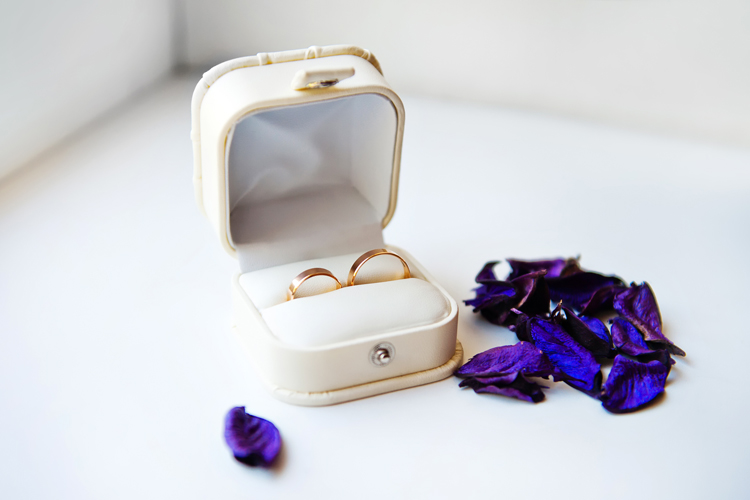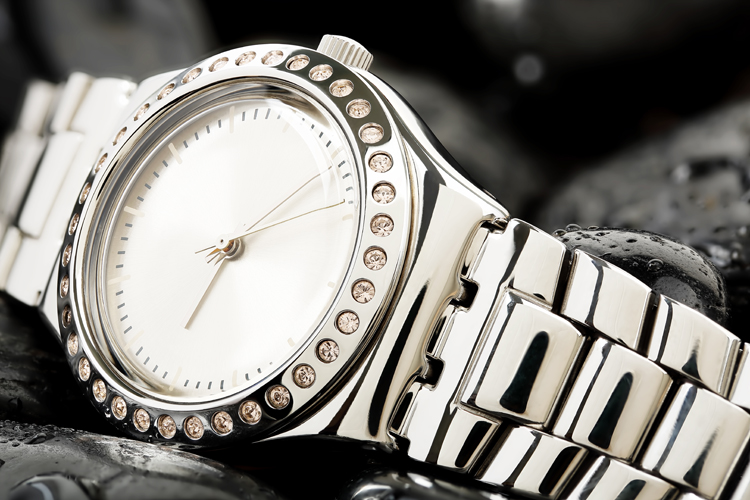Wedding rings, also known as wedding bands, have been used across cultures for centuries as a symbol of love, commitment, and devotion between partners.
These rings represent a vow of eternal love and fidelity to each other. They are worn on the fourth finger of the left hand, also known as the “ring finger.”
However, the use and meaning of wedding rings vary widely across cultures, and their origins can be traced back to different traditions and beliefs.
In many Western cultures, wedding rings are a traditional part of the marriage ceremony.
They are typically made of gold, silver, or platinum and are worn on the left hand.
From Rome and Greece to the World
This tradition can be traced back to ancient Rome, where the ring was worn on the fourth finger of the left hand.
It was believed that this finger had a vein that led directly to the heart.
According to ancient Egyptian culture, this vein was called the vena amoris, which translates to the “vein of love.”
In Western cultures, the wedding ring is often accompanied by an engagement ring. It is given to the partner as a symbol of the commitment to marriage.
The engagement ring usually has a diamond.
Nevertheless, other precious stones may be used, and it is often worn on the same finger as the wedding ring.
It is typically given before the wedding ceremony, while the wedding ring is exchanged during the ceremony.

Eastern Wedding Traditions
In some Eastern cultures, wedding rings are not part of the traditional marriage ceremony.
For example, in Japan, marriage bands were only commonly used after World War II, when Western influence began to spread throughout the country.
Today, wedding rings are commonly exchanged in Japan, but they are often simple and understated, with plain bands made of gold or platinum.
In India, they are not traditionally used, but the exchange of other items serves as a symbol of the marriage commitment.
For example, in Hindu weddings, the bride and groom exchange flower garlands as a symbol of their commitment to each other.
In some Muslim cultures, a bride may receive a piece of jewelry, such as a necklace or bracelet, from her groom as a symbol of their marriage commitment.
African Marriage Symbols
In some African cultures, wedding rings are not traditionally used, but other items serve as symbols of marriage.
For example, in some Nigerian cultures, a groom may present his bride with a piece of coral jewelry as a symbol of his commitment to her.
In some African cultures, bracelets, necklaces, or other forms of jewelry may be exchanged between the bride and groom or their families as a symbol of the marriage commitment.
In many cultures, wedding rings are not just a symbol of love and commitment but also a status symbol.
For example, in other societies, the size and quality of the wedding band are an indication of the wealth and social status of the couple.
In some communities, it is customary for the groom to give his bride a ring that is more expensive than the one he wears as a sign of his commitment to providing for her.

Eternal Love, Commitment, and Devotion
Despite the differences in the use and meaning of wedding rings across cultures, there are specific common themes that are present in many traditions.
One of these themes is the idea of eternity and the circle as a symbol of infinity.
The circular shape of the wedding ring represents the endless nature of love and commitment, and the unbroken circle is a symbol of the eternity of the marriage bond.
Another common theme is the idea of devotion and loyalty.
Wedding rings are a symbol of the commitment that two people make to each other, and they serve as a reminder of that commitment throughout the marriage.
The wearing of the wedding band is a public statement of devotion and loyalty to one’s partner. It serves as a visual reminder of the love and commitment that the couple shares.
The use and meaning of wedding rings across cultures have evolved over time. And they continue to be an essential part of many marriage traditions around the world.
In addition to the traditional wedding band, many cultures also incorporate other visual markers of marriage, such as henna tattoos or decorative headwear.
These symbols serve as a reminder of the commitment that the couple has made to each other and their community.
In some cultures, wedding rings are also believed to have magical properties.
Ring Power
For example, in Celtic mythology, rings were believed to have healing powers. They were used to cure illnesses and protect against evil spirits.
In some African cultures, wedding rings are believed to have protective properties and are worn as a talisman against harm.
In modern times, their meaning has expanded to include the idea of personal expression and style.
Many couples choose to customize their wedding rings, incorporating unique designs or engraving personal messages.
This allows the couple to express their individuality and personal style while still honoring the tradition of the wedding ring.
In conclusion, wedding bands have been used across cultures for centuries as a symbol of love, commitment, and devotion between partners.
The meaning and use of wedding rings vary widely across cultures. But the common themes of eternity, devotion, and loyalty are present in many traditions.
From the simple gold band to the elaborate diamond-encrusted ring, wedding rings continue to serve as a powerful symbol of the love and commitment that two people share.




